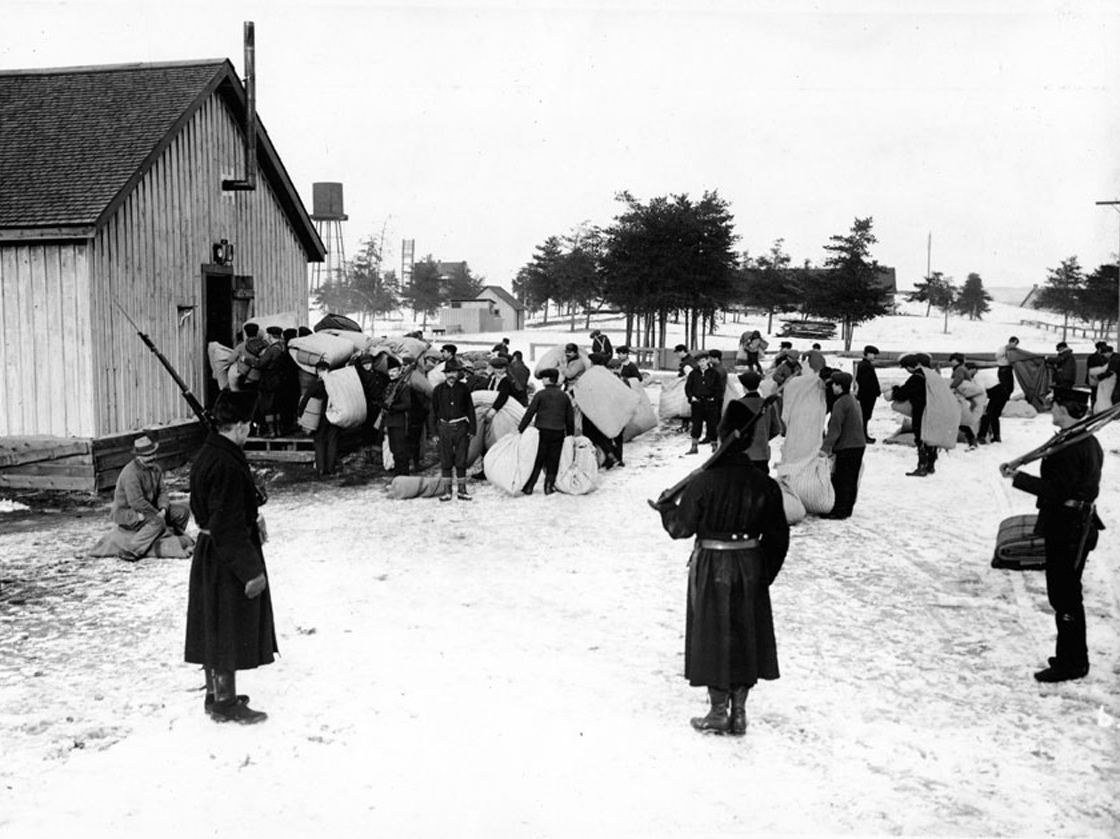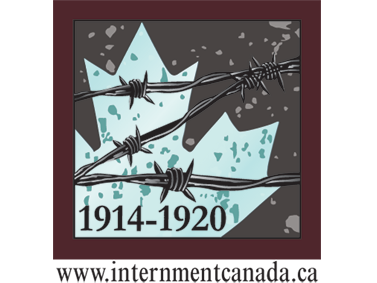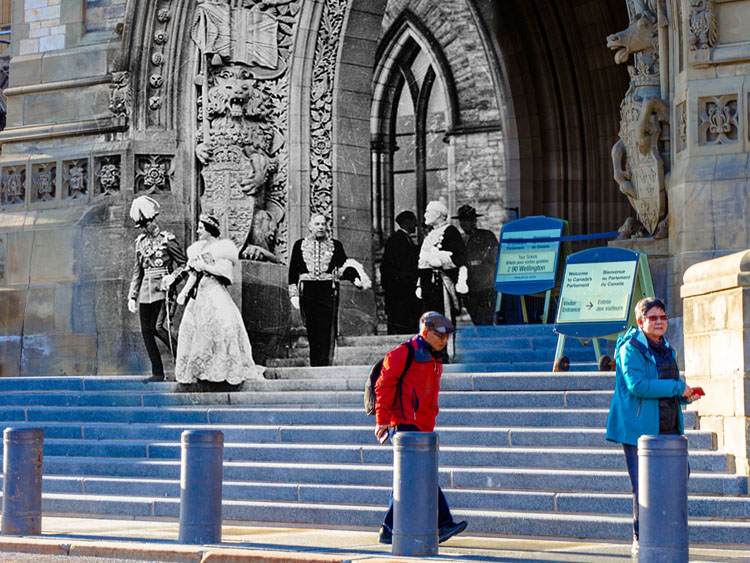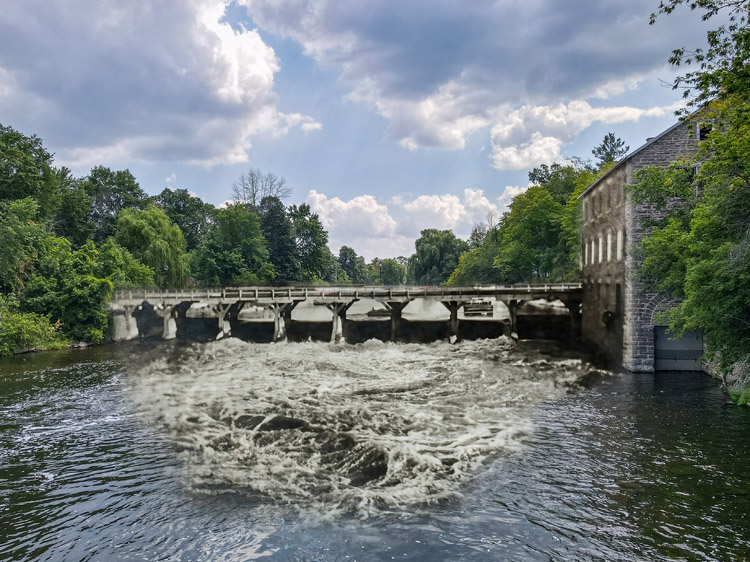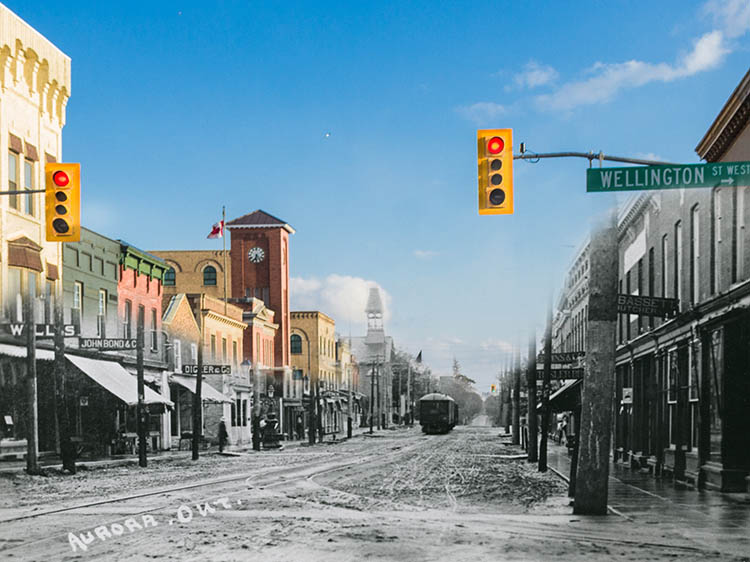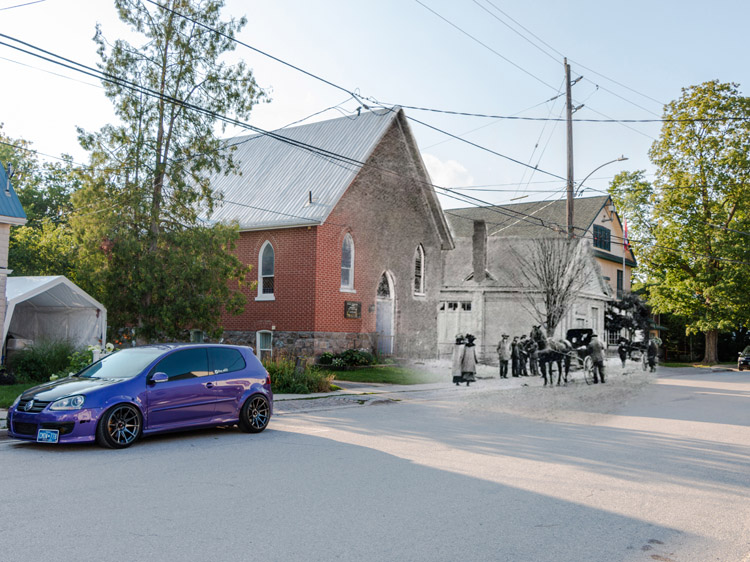The Town of Petawawa is on the banks of the Ottawa River, around 150 km upriver from Ottawa. Inhabited since time immemorial by the Algonquin Nation, the name originates from the Algonquin word for "where one hears a noise like this." The area was settled by Europeans in the late 19th century, mostly to exploit the rich forests of the region. In 1905 the Canadian government set up a military base here, which became Canadian Forces Base Petawawa, and is today one of the primary military bases in Canada. During the First World War, Austro-Hungarian 'enemy alien' internees were brought here to labour on the military base. It was the first work camp in Canada's extensive network of First World War internment camps. The camp closed in 1916, though it was reopened again during the Second World War for German and Italian internees.
This project has been made possible by a grant from the Endowment Council of the Canadian First World War Internment Recognition Fund.
We respectfully acknowlege that Petawawa is located on the unceded, Unsurrendered Territory of the Anishinaabe Algonquin Nation, whose presence and stewardship of the Kitchisippi and its tributaries, dates back to time immemorial and will continue in perpetuity. We honour their long history of welcoming many Nations to this territory and we acknowledge our shared responsibilities to ensure health and wellbeing for all creation for generations to come.
Donate Now
If you enjoyed this free content, we ask you to consider making a donation to the Canada-Ukraine Foundation, which is providing urgently needed humanitarian aid to Ukraine.
The Ukrainian people are heroically defending their homeland against a genocidal war of Russian aggression. The humanitarian situation is critical and the needs immense. 100% of all donations made through this link go directly to supporting the people of Ukraine. Recently funded initiatives by the Canada-Ukraine Foundation include demining and removal of unexploded ordnance, and the evacuation of thousands of deaf people from the warzone.
Explore
Petawawa
Stories
Petawawa Internment Camp
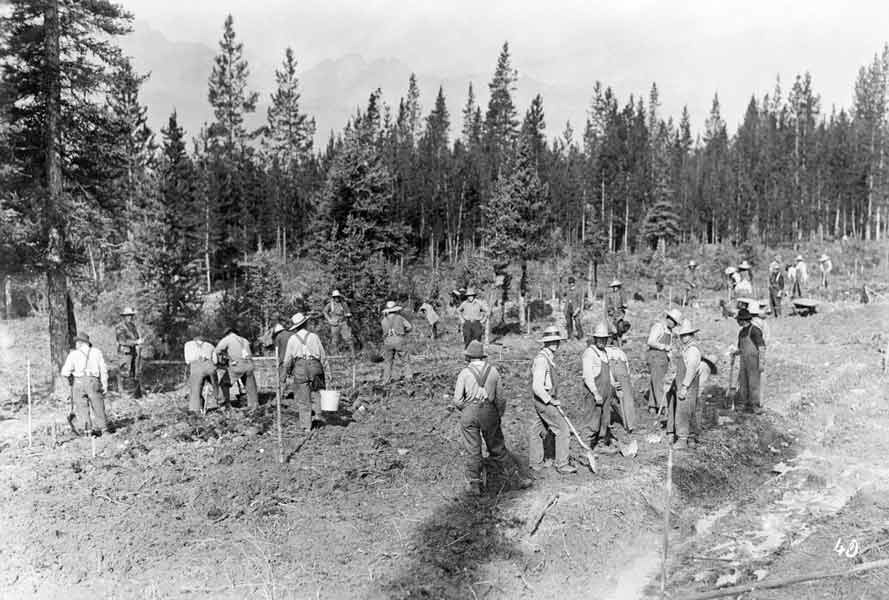
Ukrainian Canadian Civil Liberties Assoc.
Story Location
The Canadian military base at Petawawa served as an internment camp for so-called 'enemy aliens' between December 1914 and May 1916. The camp was located several kilometres from CFB Petawawa, on the north side of Centre Lake.
By fall 1914 it was becoming clear that the small internment facilities set up in major cities and old fortresses were becoming drastically overcrowded. The government decided they needed a new internment camp that could be expanded, and perhaps serve as a place where the internees' labour could be put to use.
The small army base at Petawawa was being dramatically expanded in the early months of the First World War. The government decided to move the internees here and use them to help expand the base.
It was the first camp where internees were put to work—a fateful distinction. It would set the pattern for larger internment camps in places like Kapuskasing and Spirit Lake, and in Canada's Rocky Mountain National Parks.
* * *
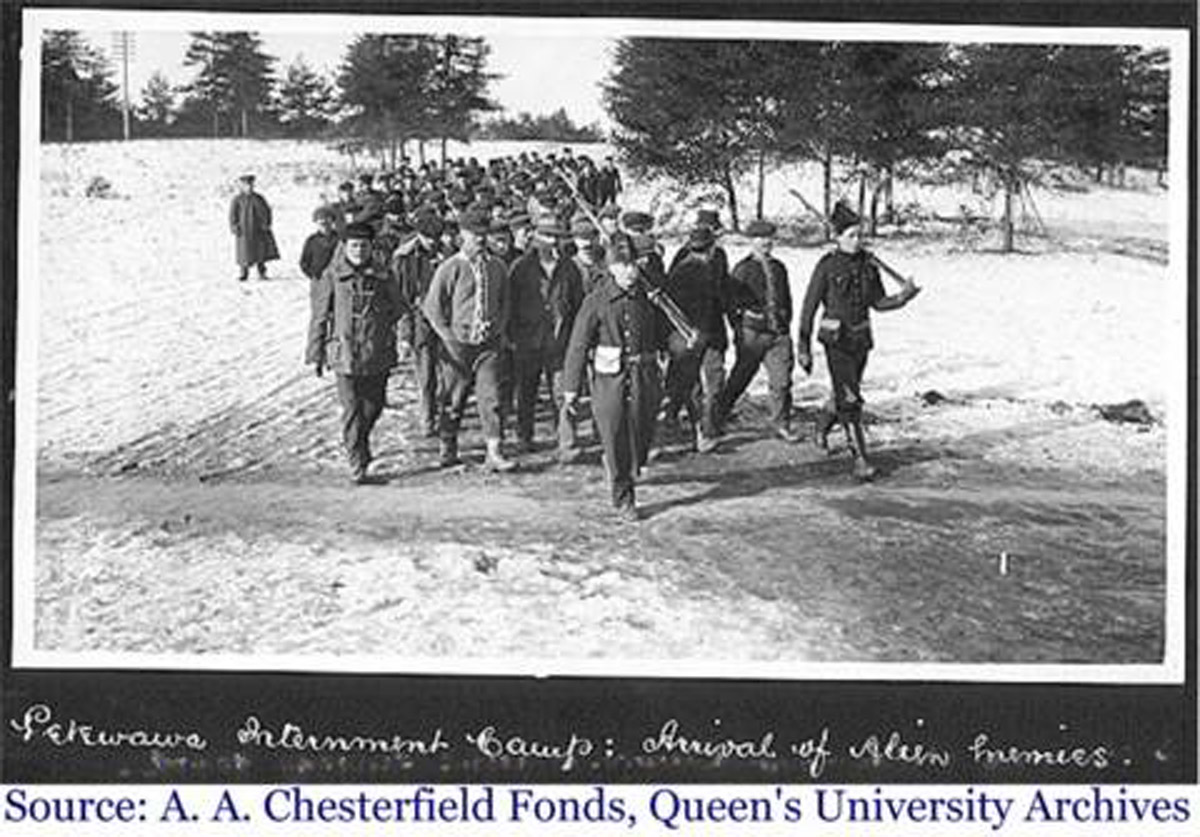
In December 1914 the first 100 enemy alien internees arrived at Petawawa from the camp at Fort Henry. They were immediately set to work erecting winter quarters, as well as clearing more land around the camp. They were soon followed by 100 from Montreal, and then a further 600 from various internment stations, making a total of 800 in early 1915.
The internment authorities had found that the "Austrian" prisoners would often fight with the German internees, since they held Germany responsible for the war and their current predicament. Few of the "Austrian" prisoners had any sympathy for the Austro-Hungarian Empire, and were almost all from the empire's subject nationalities, such as Ukrainians, Poles, Slovaks, Croatians, etc.
This antagonism in the camps made the interment authorities work to separate the 'Austrians' and Germans into separate camps. Since Petawawa was a work camp—German prisoners were not being forced to work—the inmates here were almost entirely Austro-Hungarian.

Petawawa would also set the tone for the winding down of the work camps. This was the camp where prisoners were first paroled out to industries.
In 1914 and 1915, when most of the internees were arrested, one of the main reasons was to keep them from competing for scarce jobs with Canadian workers. At the time Canada was in a deep recession. By 1916 however, the war had more than sucked up all the excess labour in the country. Strategic industries clamoured for access to the interned enemy aliens, seeing them as an underutilized pool of labour (that would also work for cheap). .
In May 1916 the internees in Petawawa were paroled in batches to work on railways, in factories, and in mines. Those few who were thought too dangerous to release were sent to other camps like Kapuskasing. The camp at Petawawa shut down abruptly later that month.
An internment camp was once again opened at Petawawa during the Second World War, when it was known as Camp 33. Today Canadian Forces Base Petawawa is home to the 2nd Canadian Mechanized Brigade Group, as well as helicopter squadrons and special forces units.

